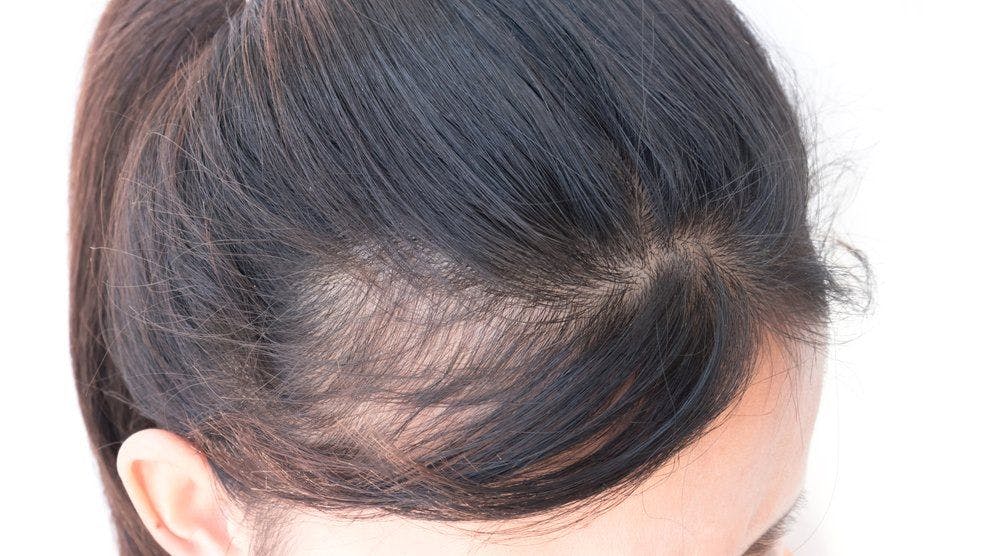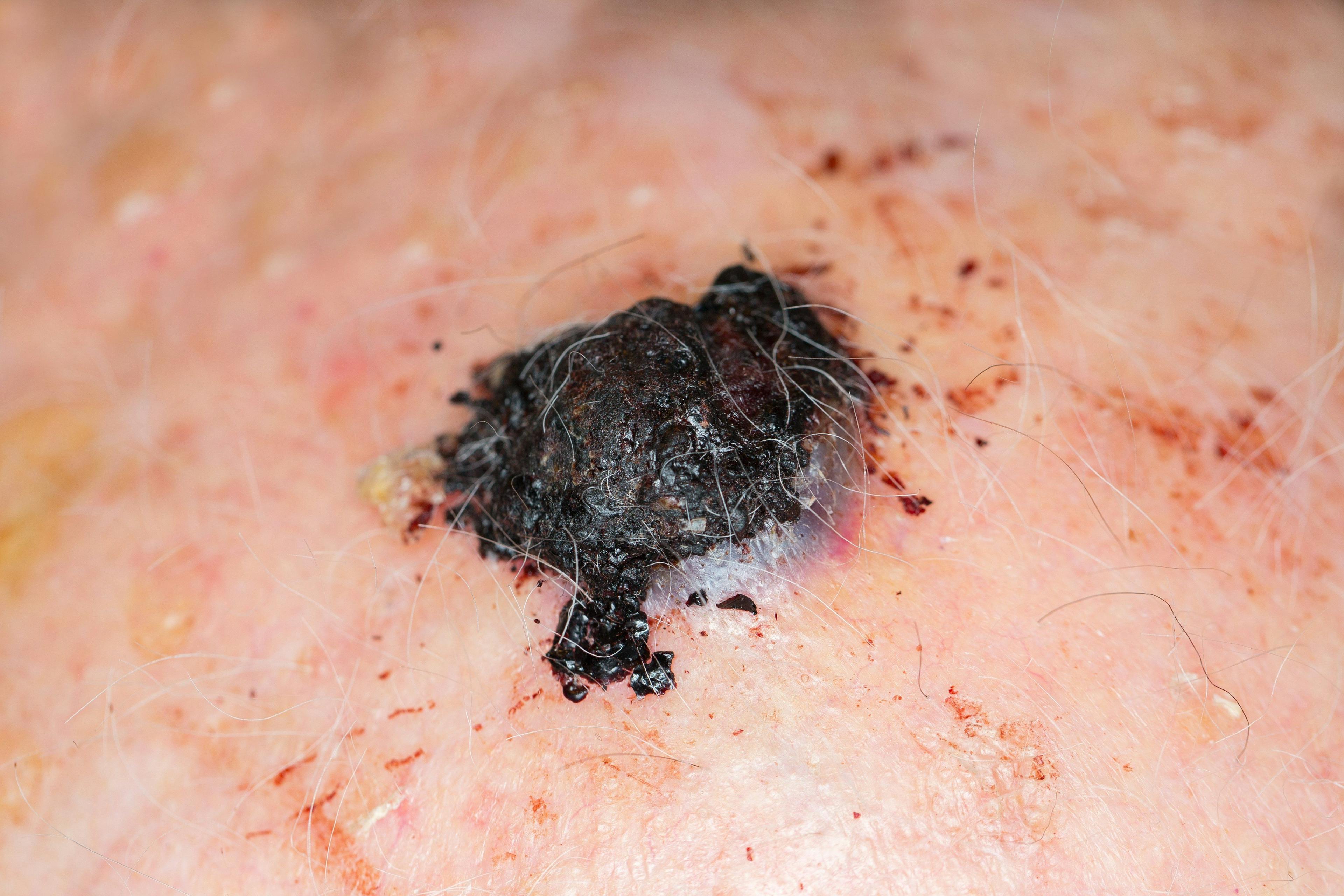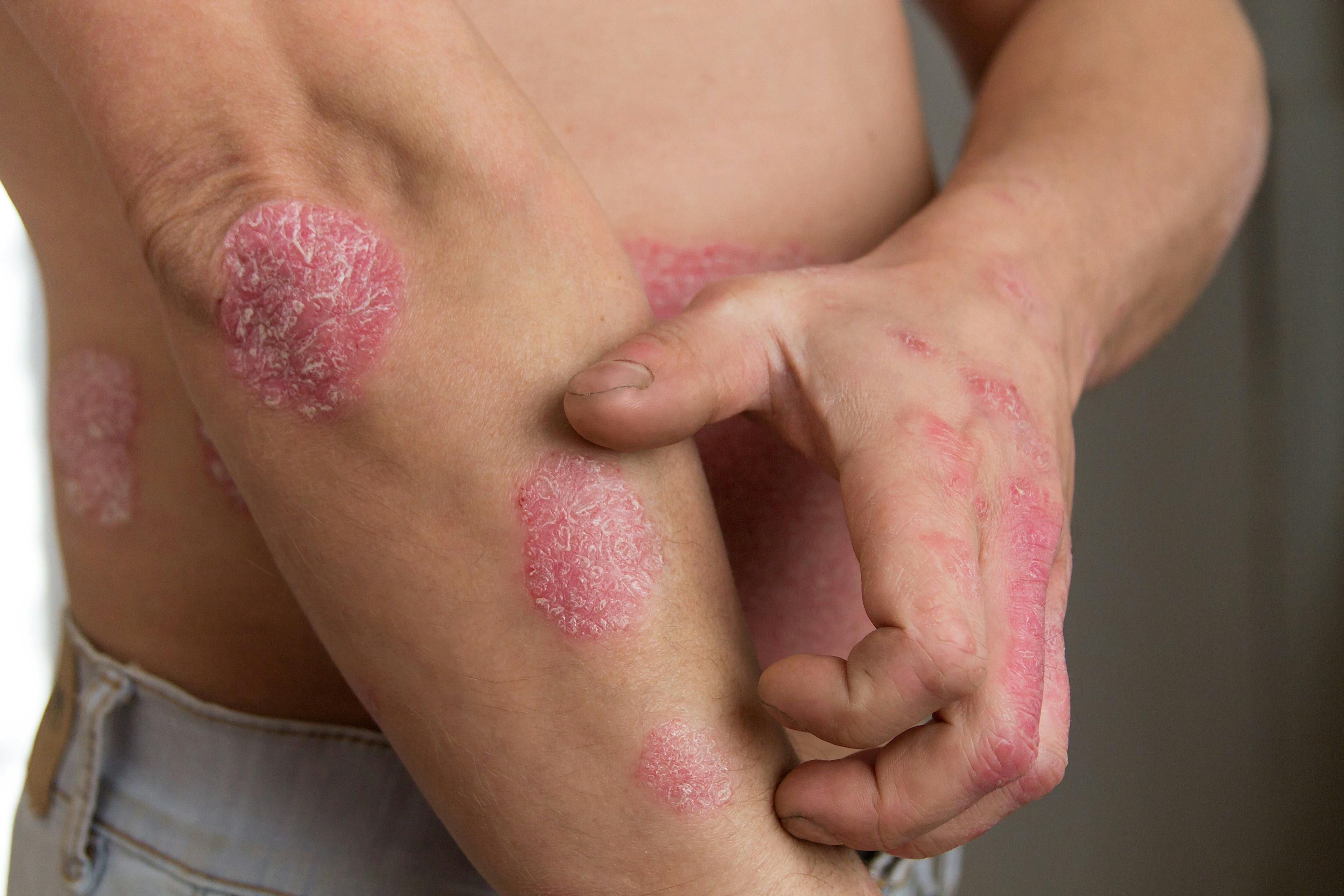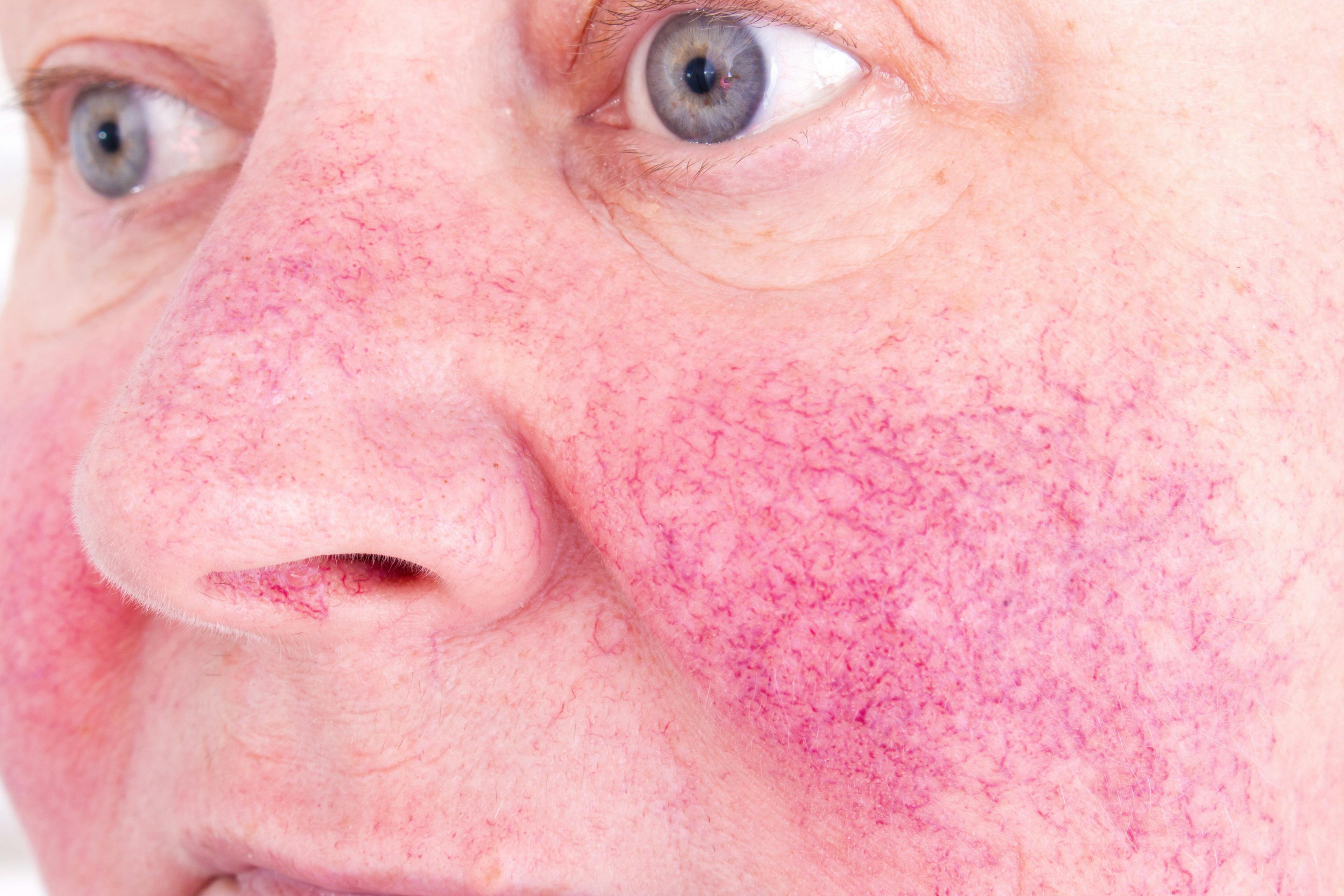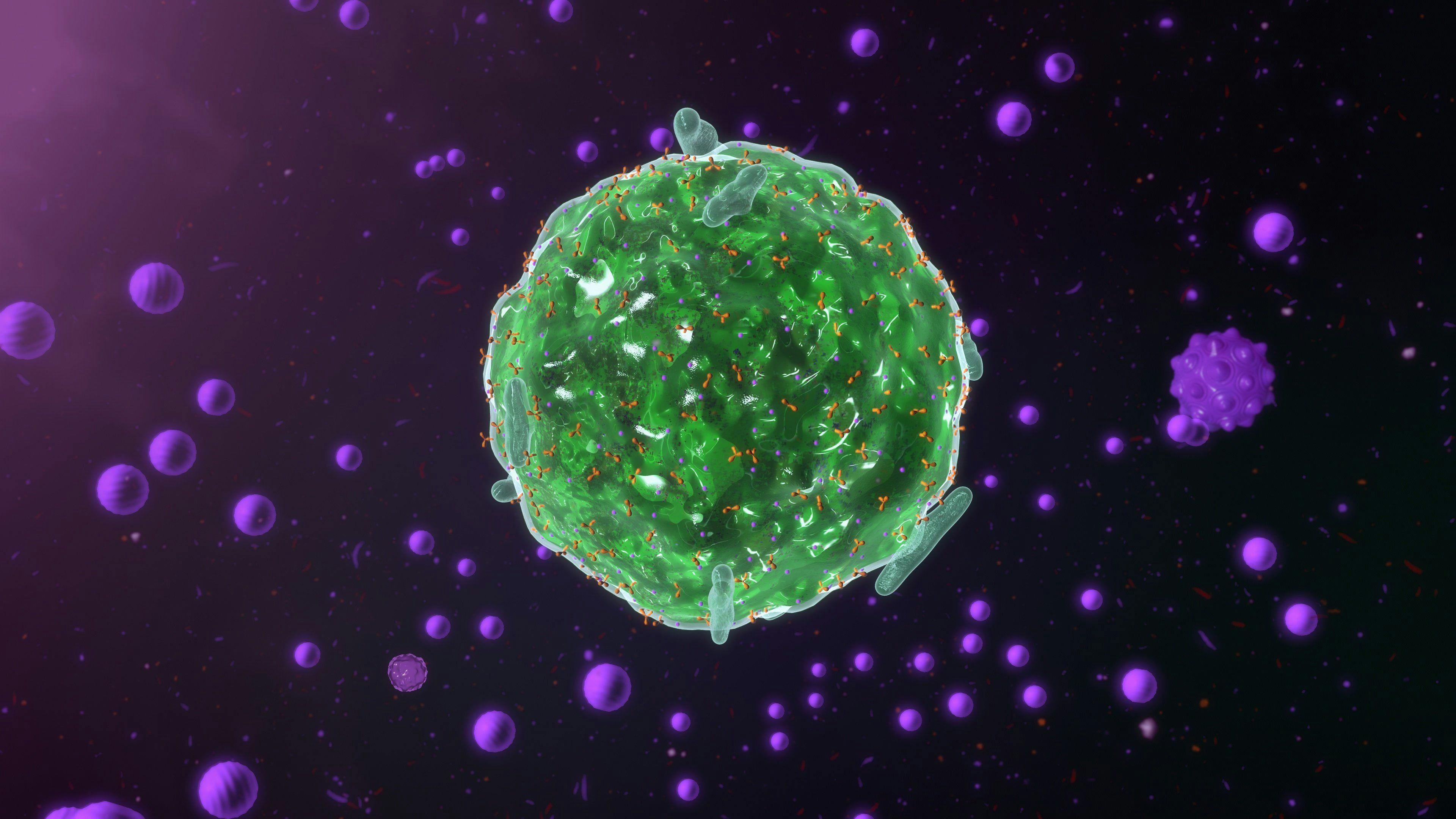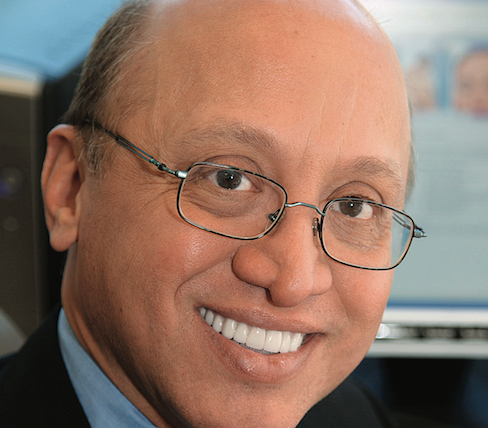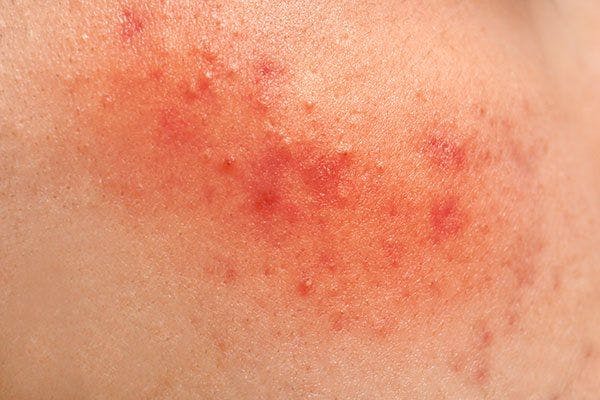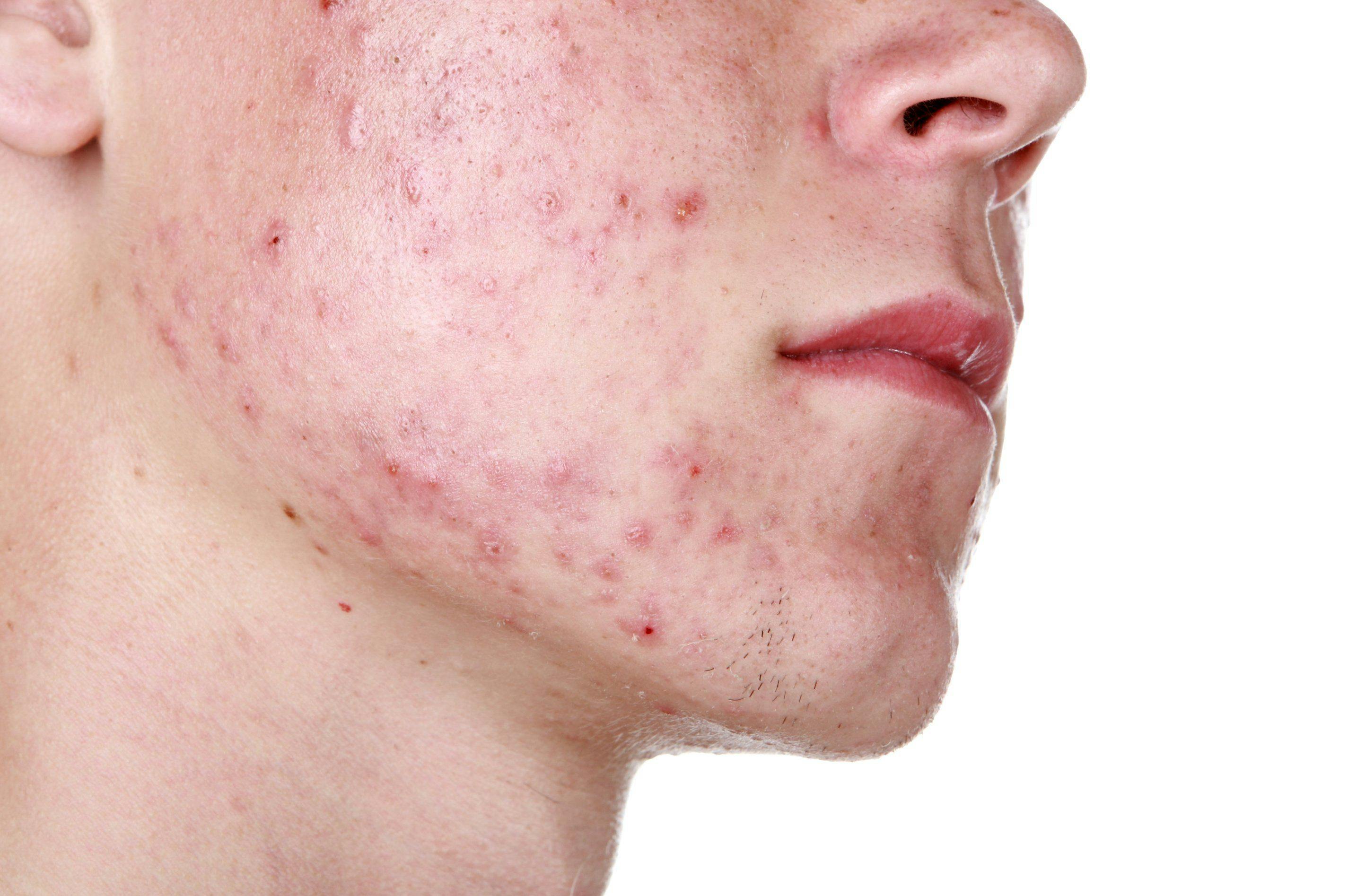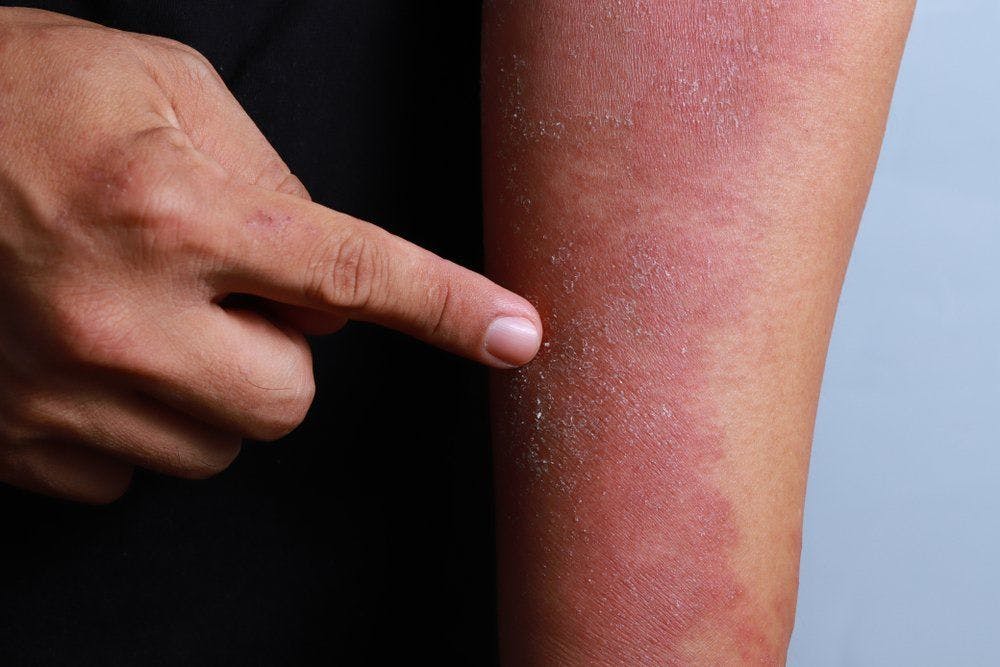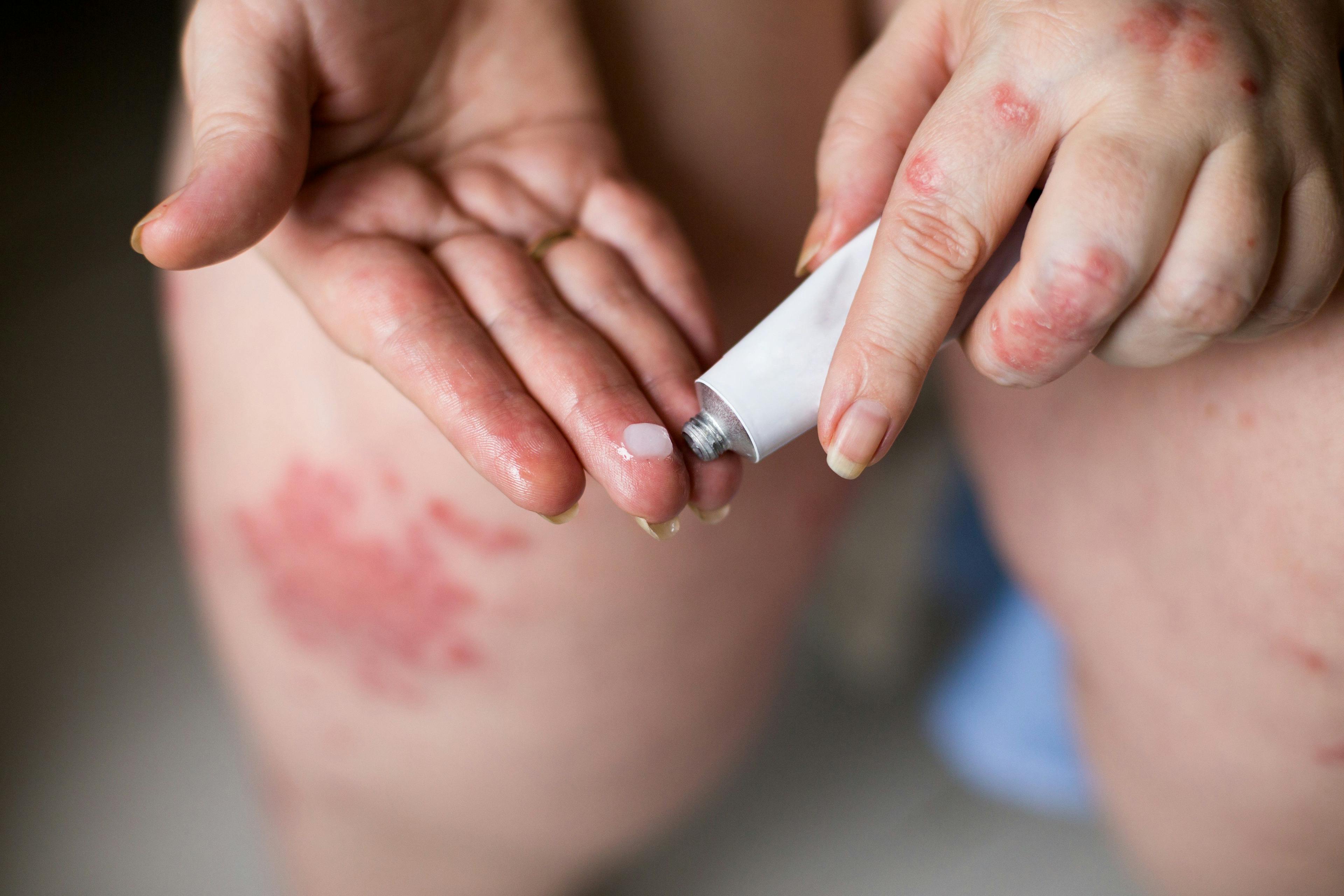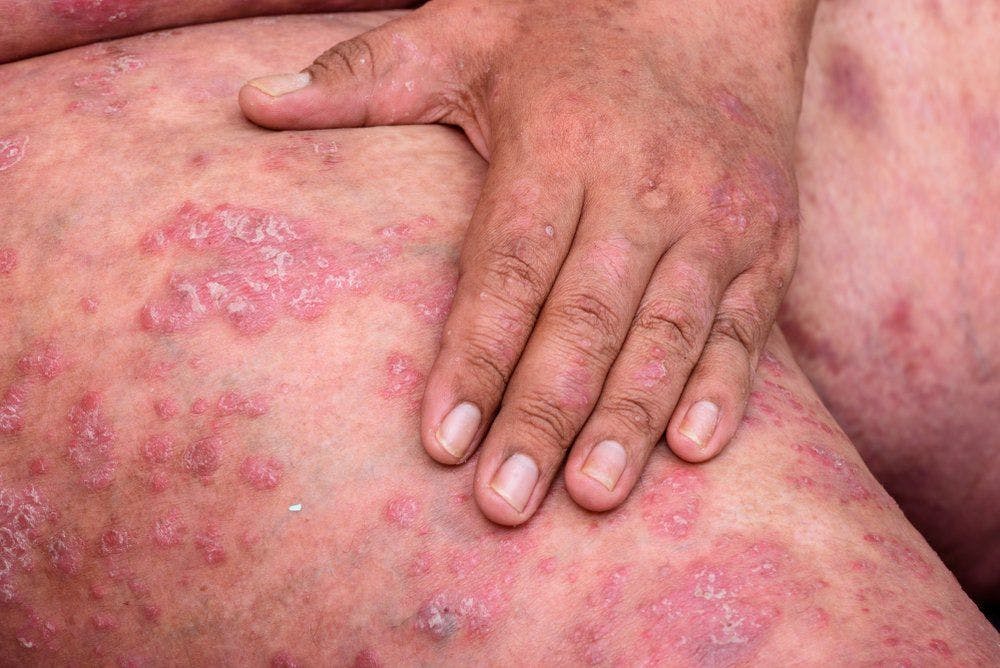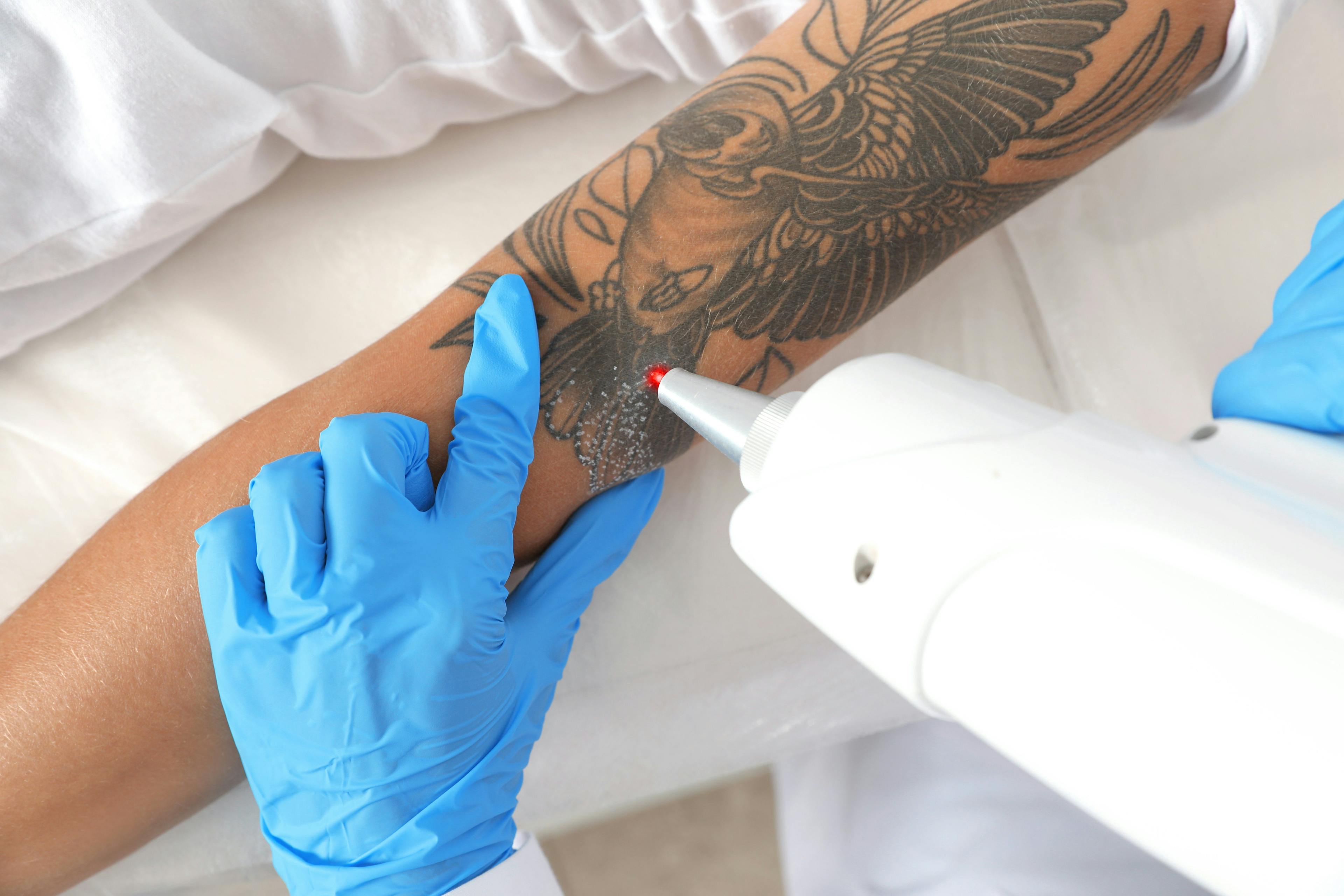- Acne
- Actinic Keratosis
- Aesthetics
- Alopecia
- Atopic Dermatitis
- Buy-and-Bill
- COVID-19
- Case-Based Roundtable
- Chronic Hand Eczema
- Chronic Spontaneous Urticaria
- Drug Watch
- Eczema
- General Dermatology
- Hidradenitis Suppurativa
- Melasma
- NP and PA
- Pediatric Dermatology
- Pigmentary Disorders
- Practice Management
- Precision Medicine and Biologics
- Prurigo Nodularis
- Psoriasis
- Psoriatic Arthritis
- Rare Disease
- Rosacea
- Skin Cancer
- Vitiligo
- Wound Care
Publication
Article
Dermatology Times
IL-23 antagonist demonstrates favorable long-term safety
Author(s):
The interleukin-23 antagonist guselkumab demonstrated greater efficacy compared with adalimumab and secukinumab at week 48 in controlled clinical trials investigating treatment of moderate-to-severe plaque psoriasis.
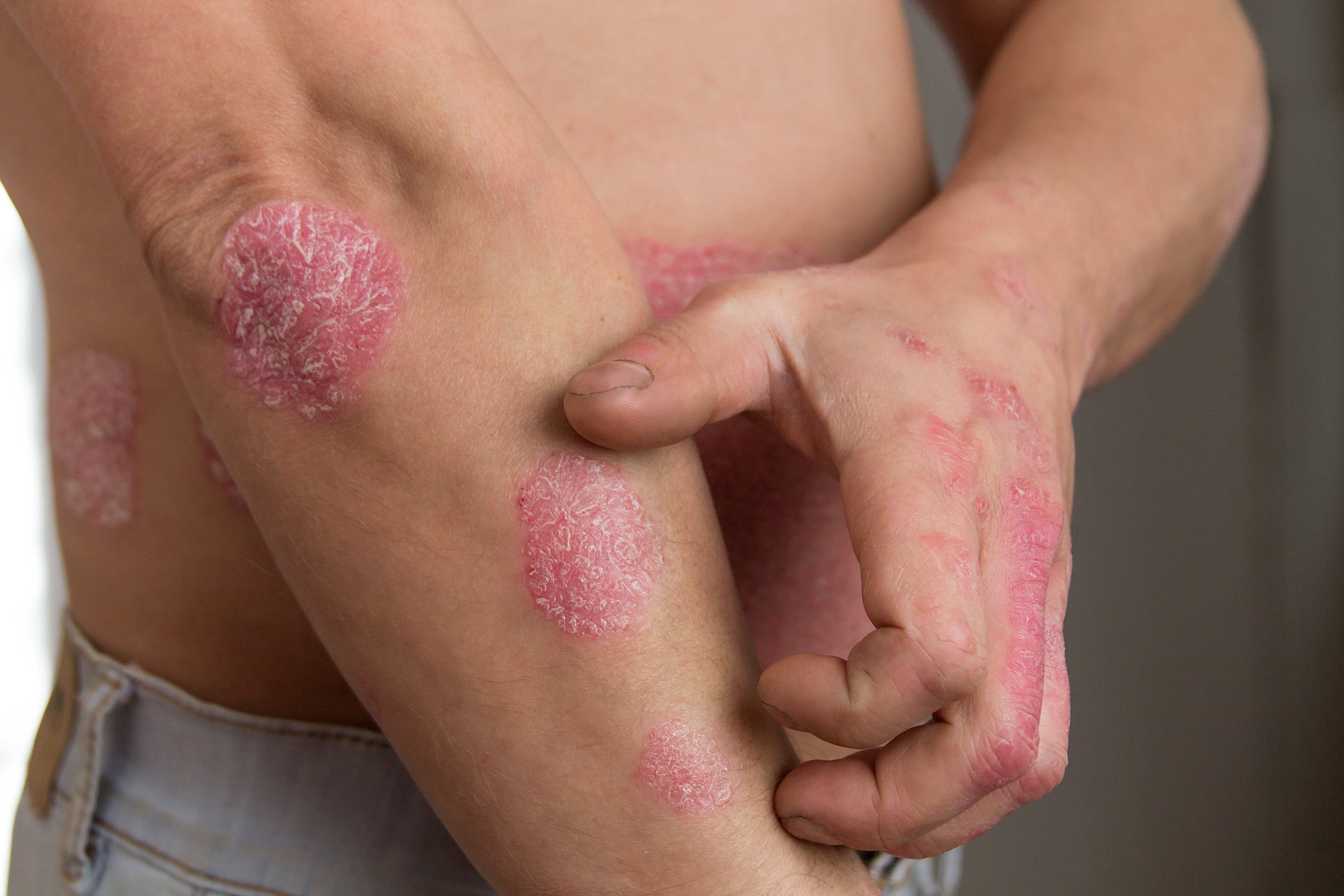
Dr. Feldman
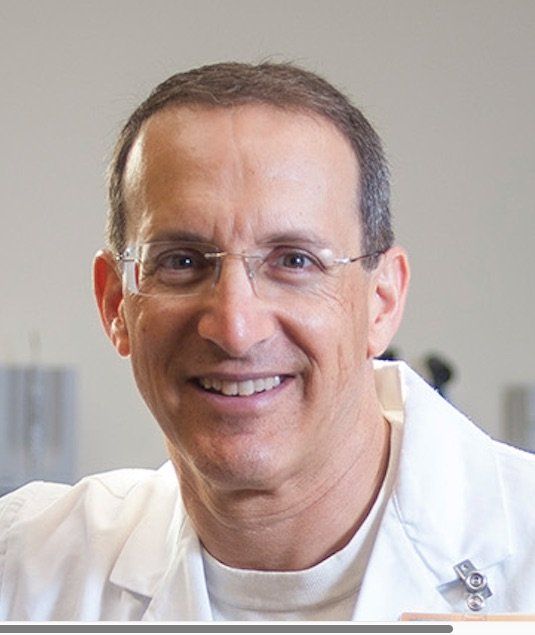
Based on efficacy and safety, as well as infrequent dosing, guselkumab may be a first-line, preferred treatment for patients with moderate-to-severe psoriasis.
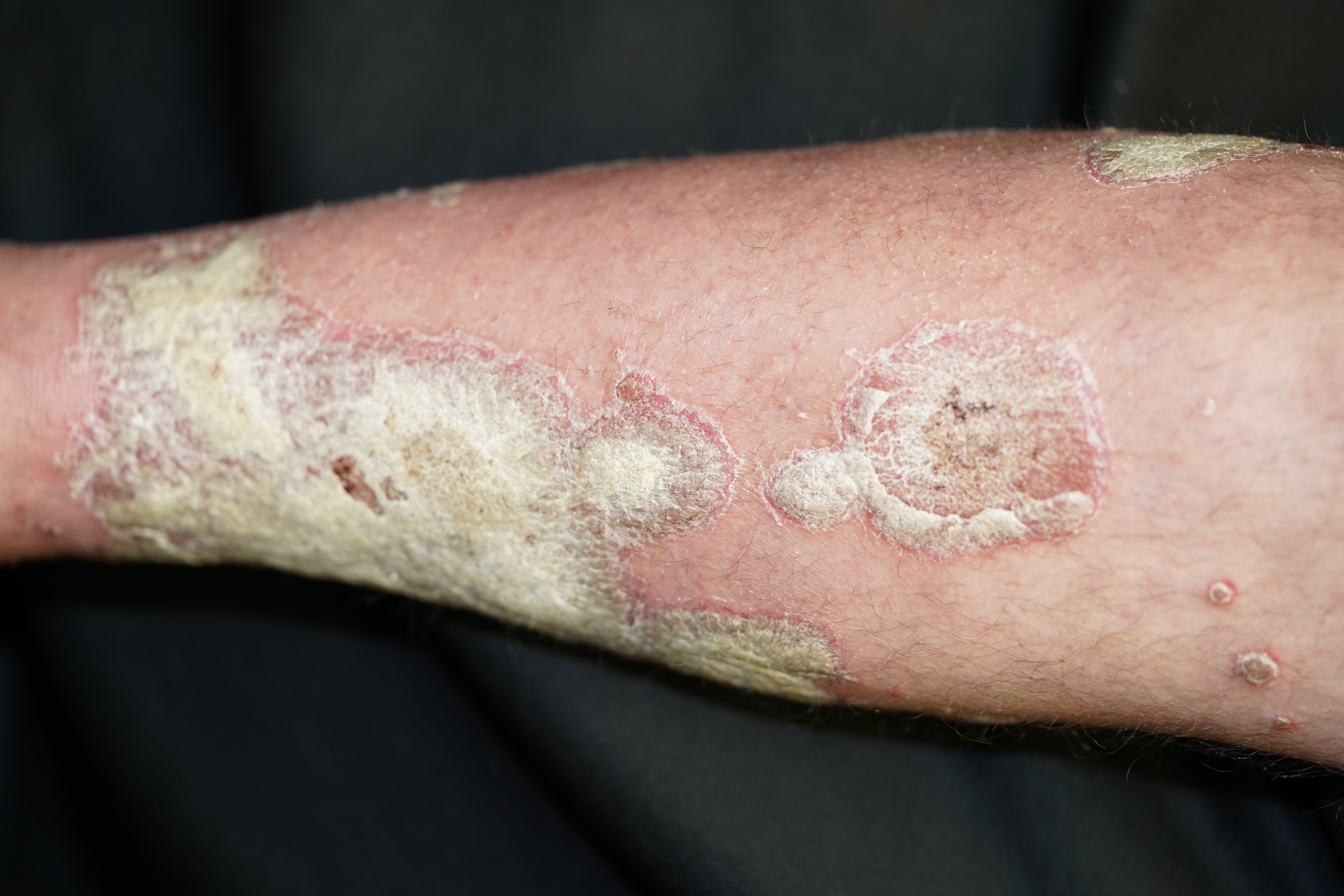
Biologics for treating moderate-to-severe psoriasis represent several different classes defined by mechanism of action. Data indicate that the interleukin-23 (IL-23) antagonist guselkumab (Tremfya, Janssen) has a favorable long-term safety profile for adults with moderate-to-severe plaque psoriasis who are candidates for systemic therapy or phototherapy, according to Steve Feldman, M.D., who told colleagues at a conference earlier this year that it was his biologic of choice.
RELATED: Dr. Mark Lebwohl discusses biologic use in the era of COVID-19
“Clinical trial data show that guselkumab works well, is more effective than adalimumab (Humira, Abbvie) and secukinumab (Cosentyx, Novartis) at week 48, and maintains its benefit over time,” says Dr. Feldman, professor of dermatology, pathology, and public health sciences, Wake Forest University School of Medicine, Winston-Salem, N.C.
“It also has an acceptable long-term safety profile, straightforward dosing, and a convenient administration schedule. Furthermore, there is good access for its use thanks to assistance from manufacturer-supported programs.”
MECHANISM OF ACTION
Guselkumab inhibits the activity of IL-23 by selective binding to its p19 subunit without binding to the p40 subunit, which is shared with IL-12.
“Although theories based on differences in effects on the immune system have been proposed to explain why a pure IL-23 antagonist may have greater efficacy for treating psoriasis than a biologic that blocks IL-12 and IL-23, the reason remains unclear. The important message about the IL-23 antagonist guselkumab is that it is very effective and also has an excellent safety profile,” says Dr. Feldman, Director, Psoriasis Treatment Center, Wake Forest University Baptist Medical Center, Winston-Salem, N.C.
EFFICACY HIGHLIGHTS
The phase 3 VOYAGE clinical trial program compared guselkumab against adalimumab and placebo in a total of 1443 subjects. Results from the primary efficacy analyses showed that both guselkumab and adalimumab were statistically superior to placebo in both co-primary endpoints that analyzed the proportion of patients achieving an IGA score of 0 (cleared) or 1 (minimal) at week 16 and the proportion of PASI 90 responders at week 16. In secondary efficacy analyses comparing guselkumab and adalimumab, there were statistically significant differences favoring guselkumab for both co-primary endpoints at week 16, and its benefit over adalimumab was maintained at week 48.
RELATED: Meta-analysis points to most effective biologics for psoriasis
“In my opinion, however, IL-17 antagonists are more effective than adalimumab and other TNF inhibitors for treating psoriasis. Therefore, it is important to consider that in the phase 3 double-blind ECLIPSE trial, guselkumab was also more effective than the IL-17A antagonist secukinumab,” says Dr. Feldman.
The primary endpoint in ECLIPSE analyzed the proportion of PASI 90 responders at week 48. The rates were 84% in the guselkumab group and 70% among patients treated with secukinumab.
Data collected during up to four years of follow-up showed that approximately 80% of patients continued to do well over time with ongoing guselkumab treatment, and the results were similar for the as observed (84% PASI90) and treatment failure rules (82% PASI90) analyses, Dr. Feldman reports.
“This indicates to me that few patients drop out because of loss of efficacy or for safety reasons,” he says.
“Psoriasis is not a 16-week or even a 48-week disease, and so it is important to understand longterm treatment efficacy. Any treatment can look good in an “as observed” analysis because that kind of analysis is based only on patients who remain on treatment, and patients not doing well tend to drop out of the study,” Dr. Feldman says. “Importantly, the long-term outcomes for guselkumab were generally the same comparing the as observed population and when applying treatment failure rules.”
SAFETY PROFILE
Safety is a key issue for any treatment. Approved for marketing by the FDA in July 2017 as the first IL-23 inhibitor indicated for the treatment of moderate-to-severe plaque psoriasis, guselkumab has accumulated an appreciable safety database that includes more than 1,800 patients, which builds confidence in its use, Dr. Feldman says.
RELATED: Psoriasis guidelines emphasize patient education, comorbidities
“The length of time that guselkumab has been available and the number of treated patients add to my confidence for using it,” Dr. Feldman says.
In the 16-week placebo-controlled period of the VOYAGE trials, the overall adverse event rate in the guselkumab group (49%) was similar to that in the placebo group (47%). Serious adverse events occurred in 1.9% of guselkumab-treated patients and 1.4% of placebo-treated patients. The overall infection rate was 23% for guselkumab and 21% for placebo, while in both groups, the rate of serious infections was <0.2%. In the long-term safety analysis, the serious infection rate in patients treated with guselkumab was stable at about 1% per year
“In my opinion, one possible explanation for the slightly higher rate of common infections-like upper respiratory tract infection-in the guselkumab group is that moderate-to-severe plaque psoriasis is a socially disabling disease. With greater improvement in their psoriasis, it is conceivable that patients in the guselkumab group were likely to have more human contact than their counterparts in the placebo group and therefore be at greater risk for exposure to colds and other communicable diseases,” Dr. Feldman says. “The 1% annual rate of serious infections in the guselkumab group is, from what I can tell from my research, similar to that observed in patients with moderate-to-severe plaque psoriasis who are not on systemic therapy. I also find it reassuring to see there was no cumulative increase in the rate of serious infections with continued guselkumab treatment over time.”
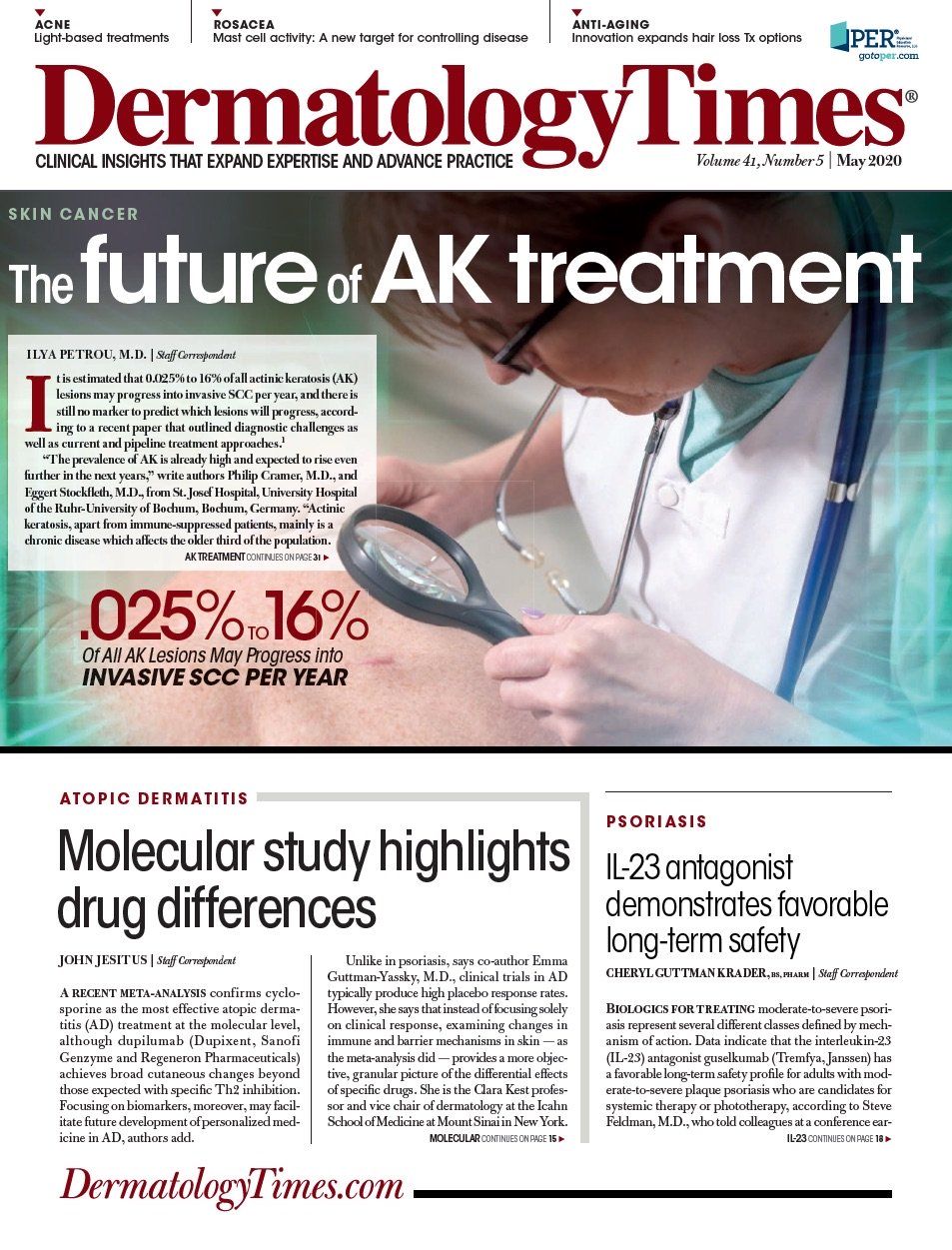
Newsletter
Like what you’re reading? Subscribe to Dermatology Times for weekly updates on therapies, innovations, and real-world practice tips.

